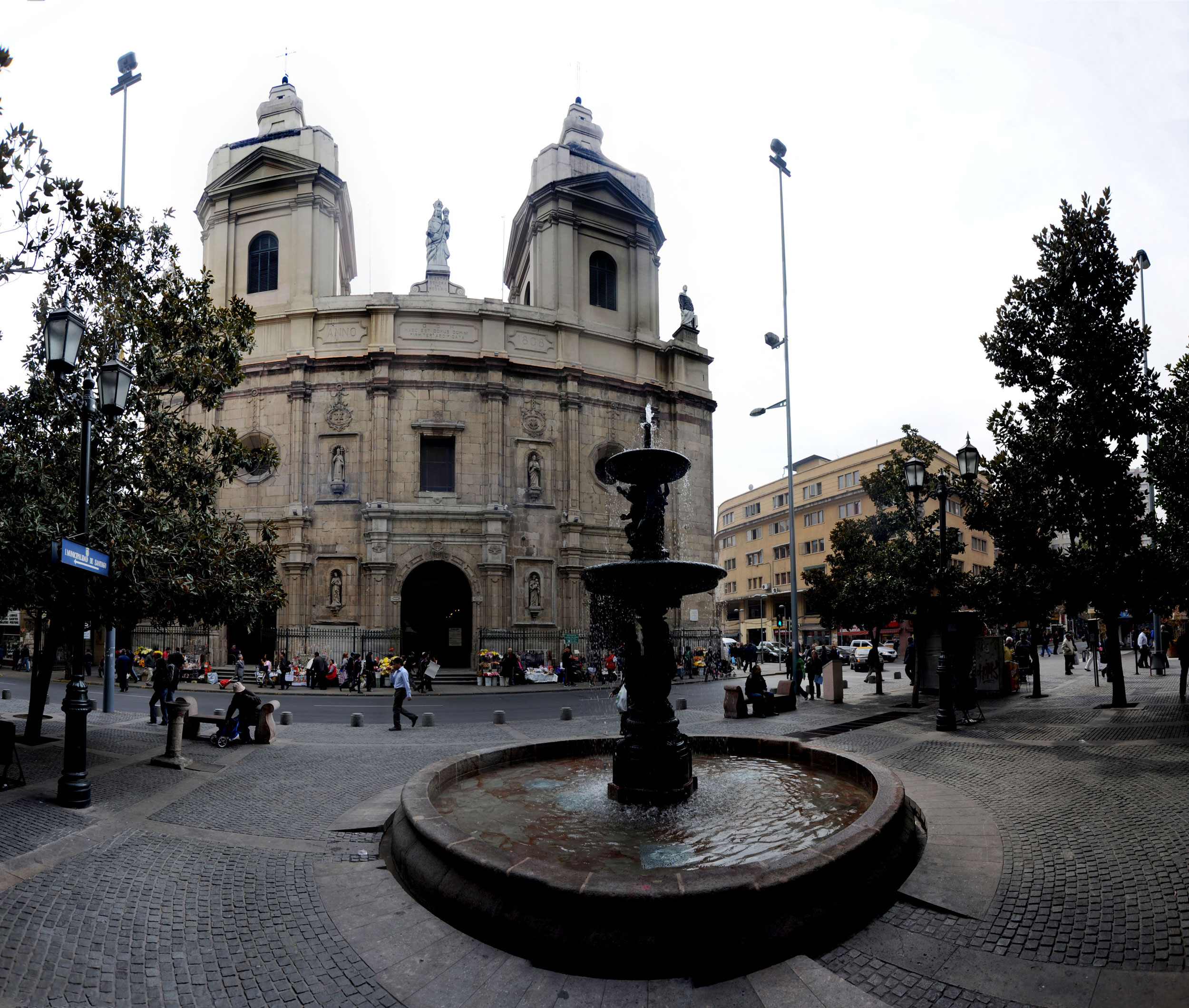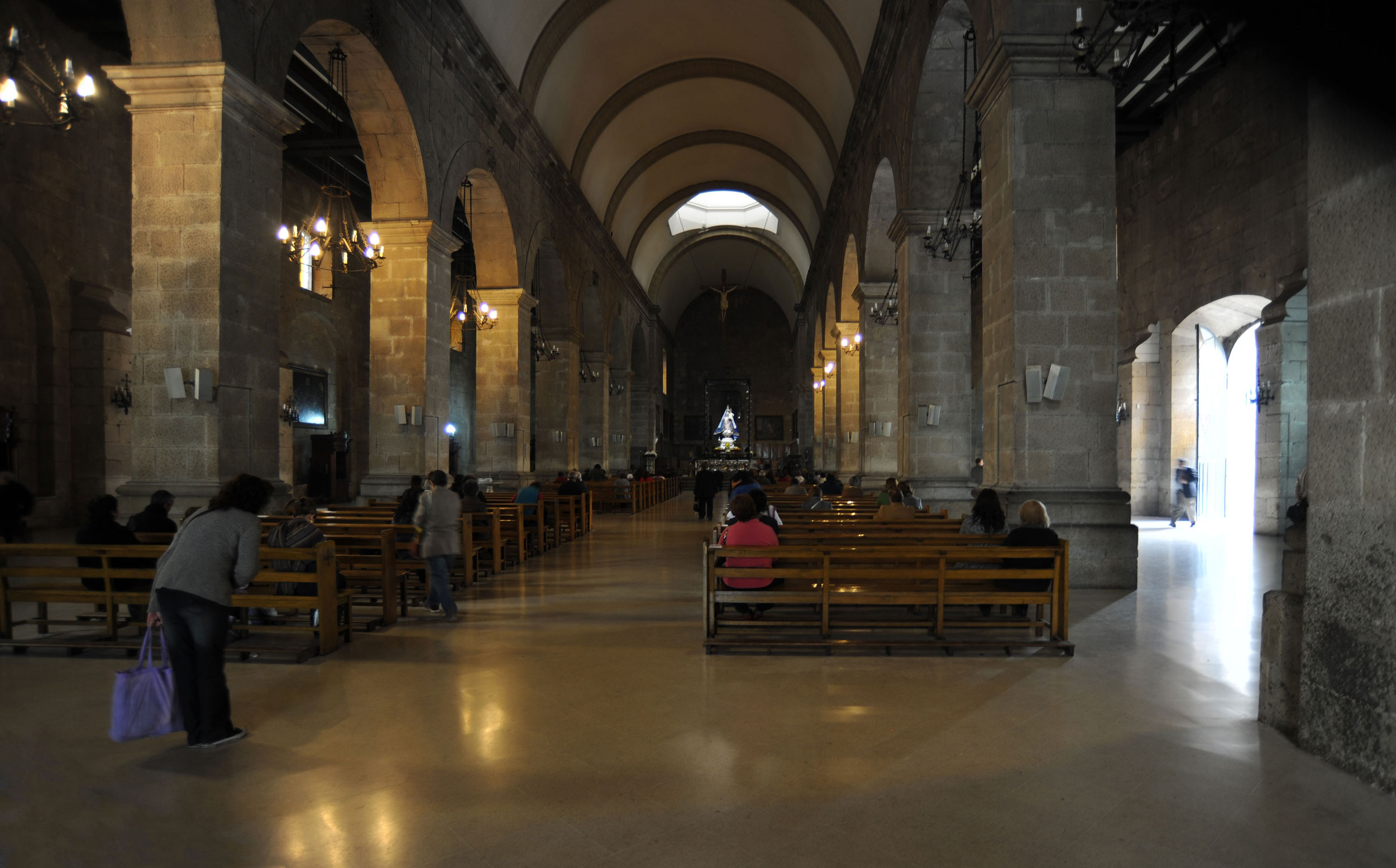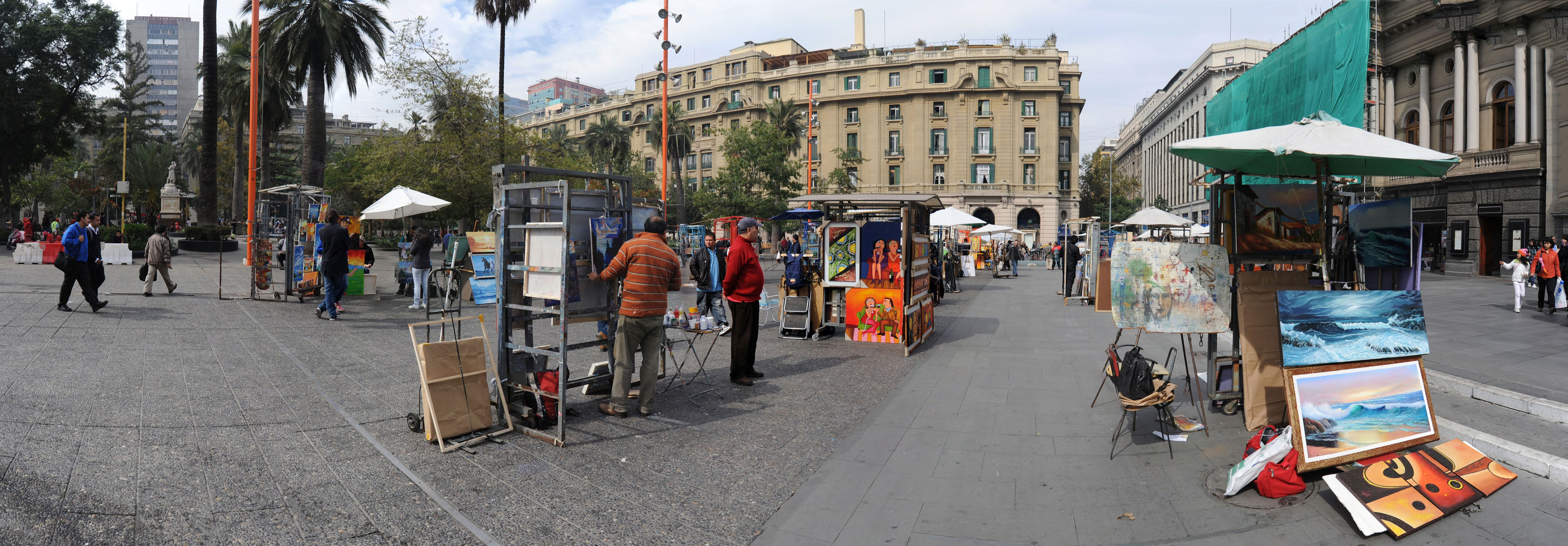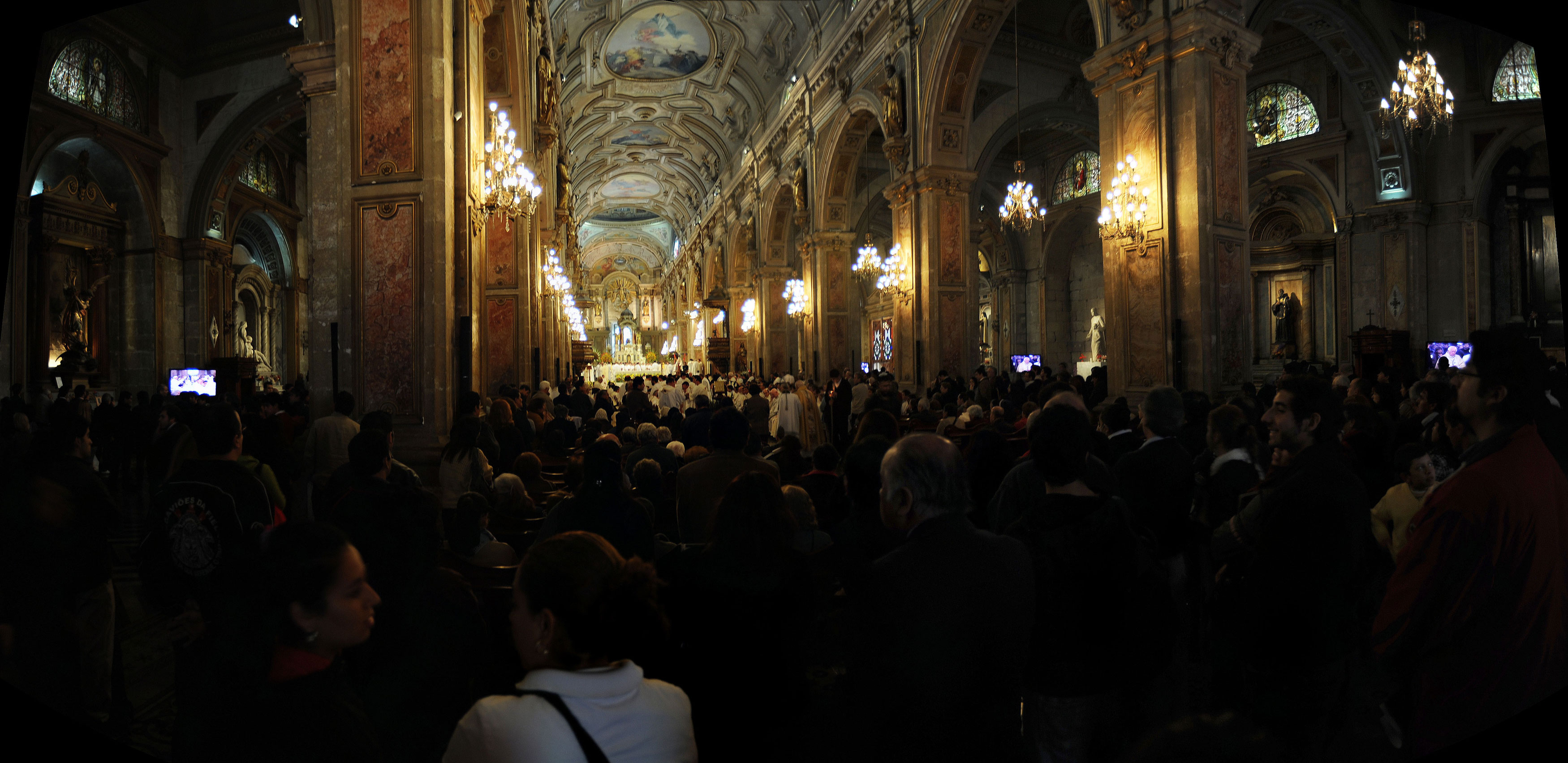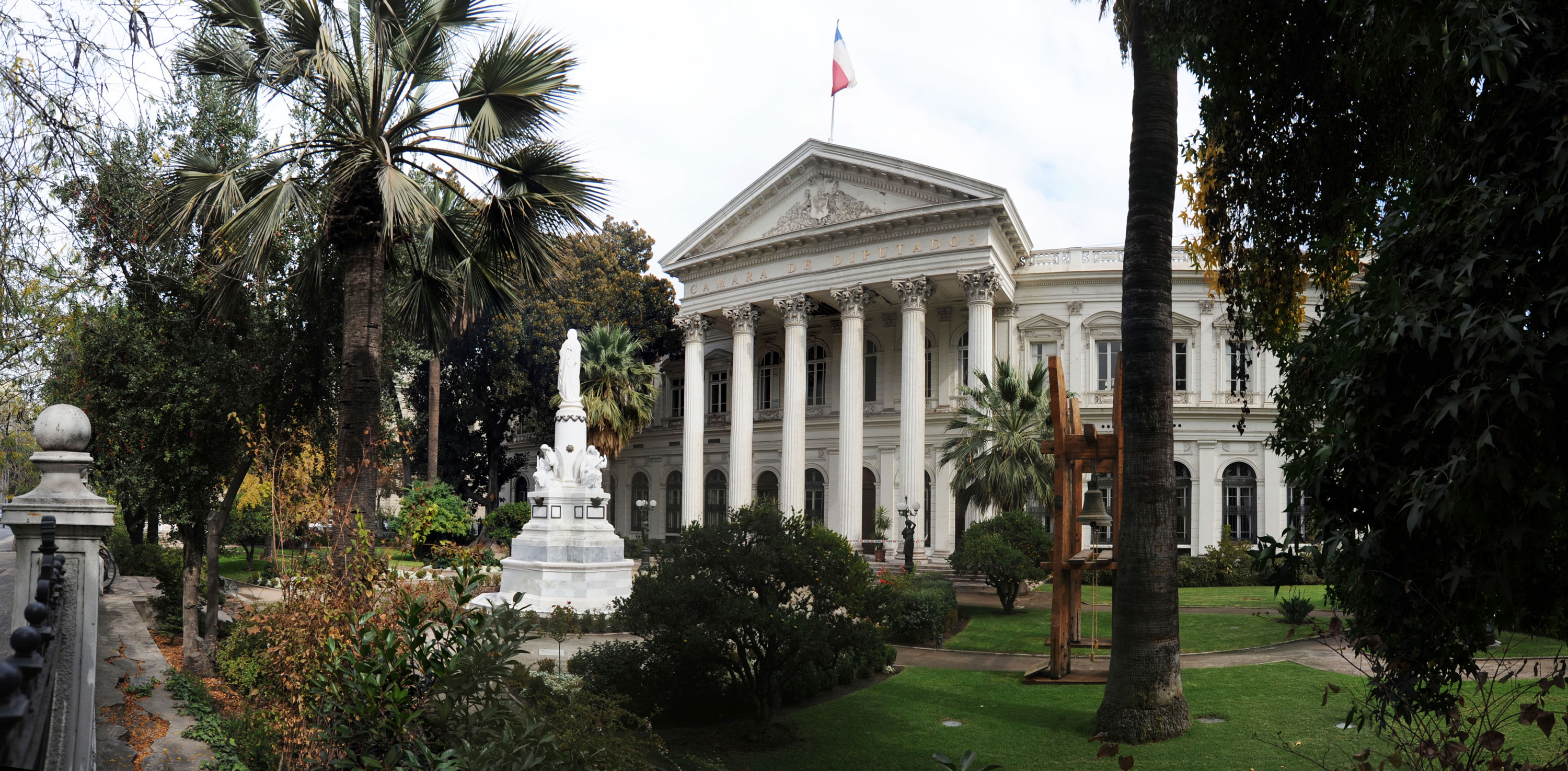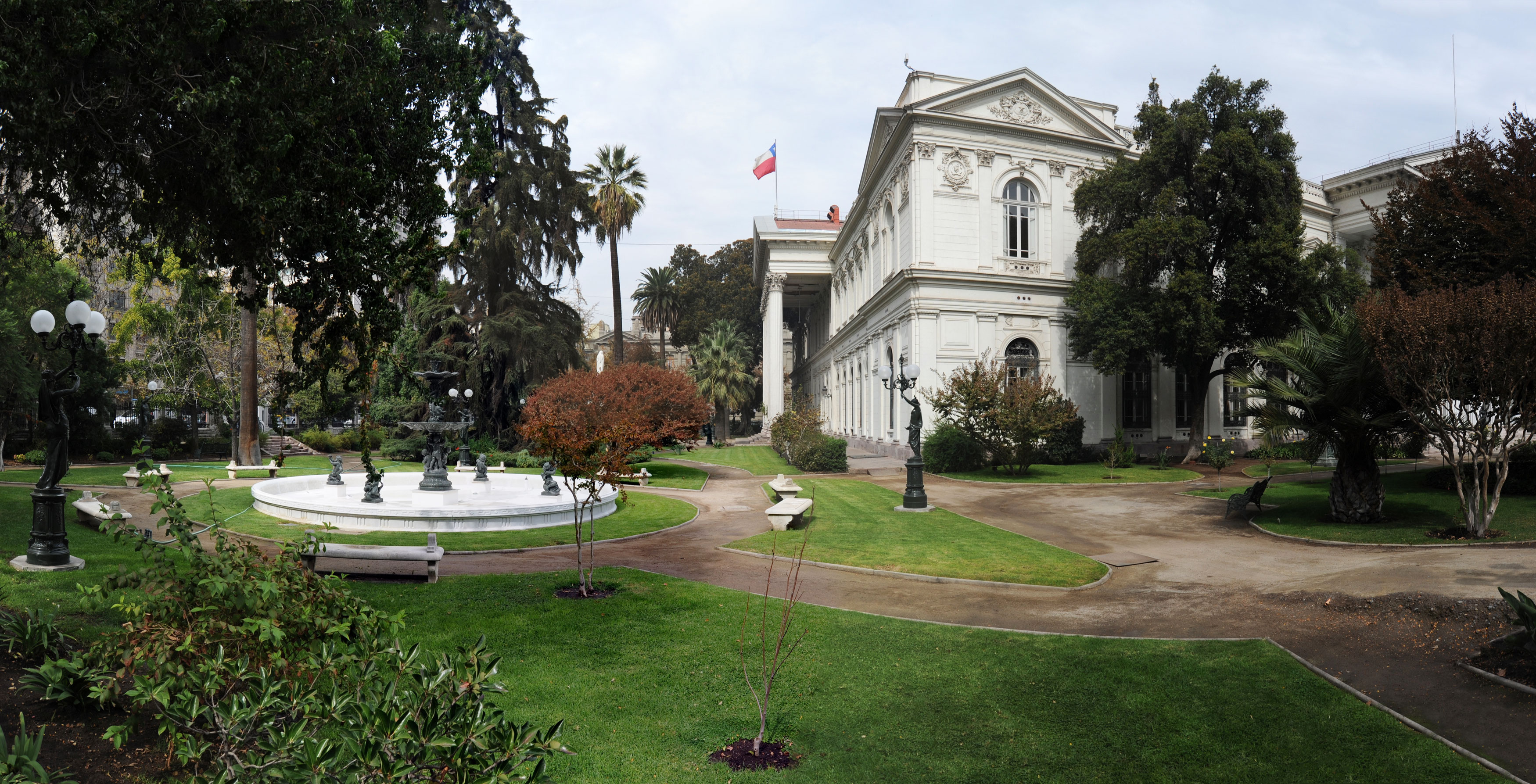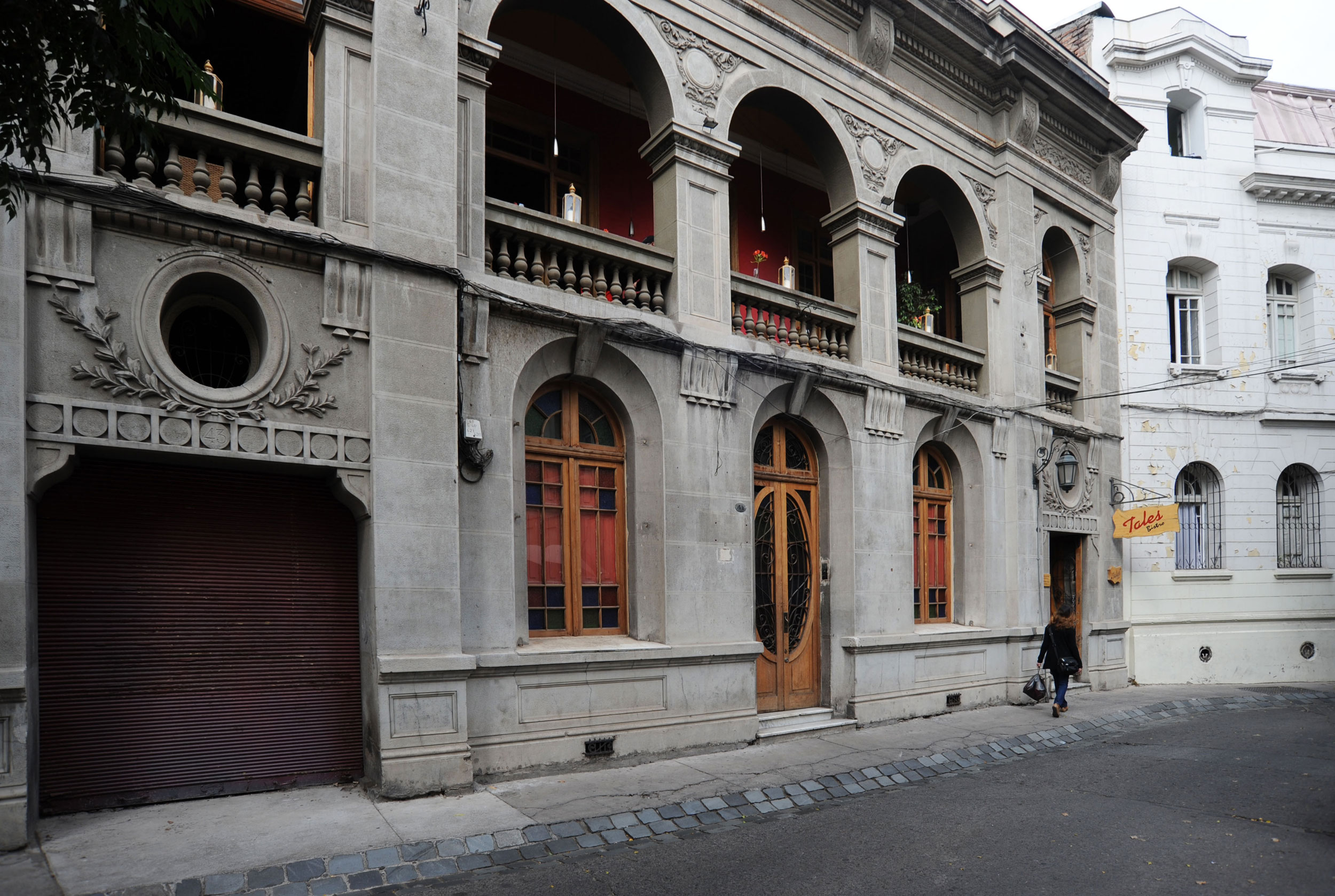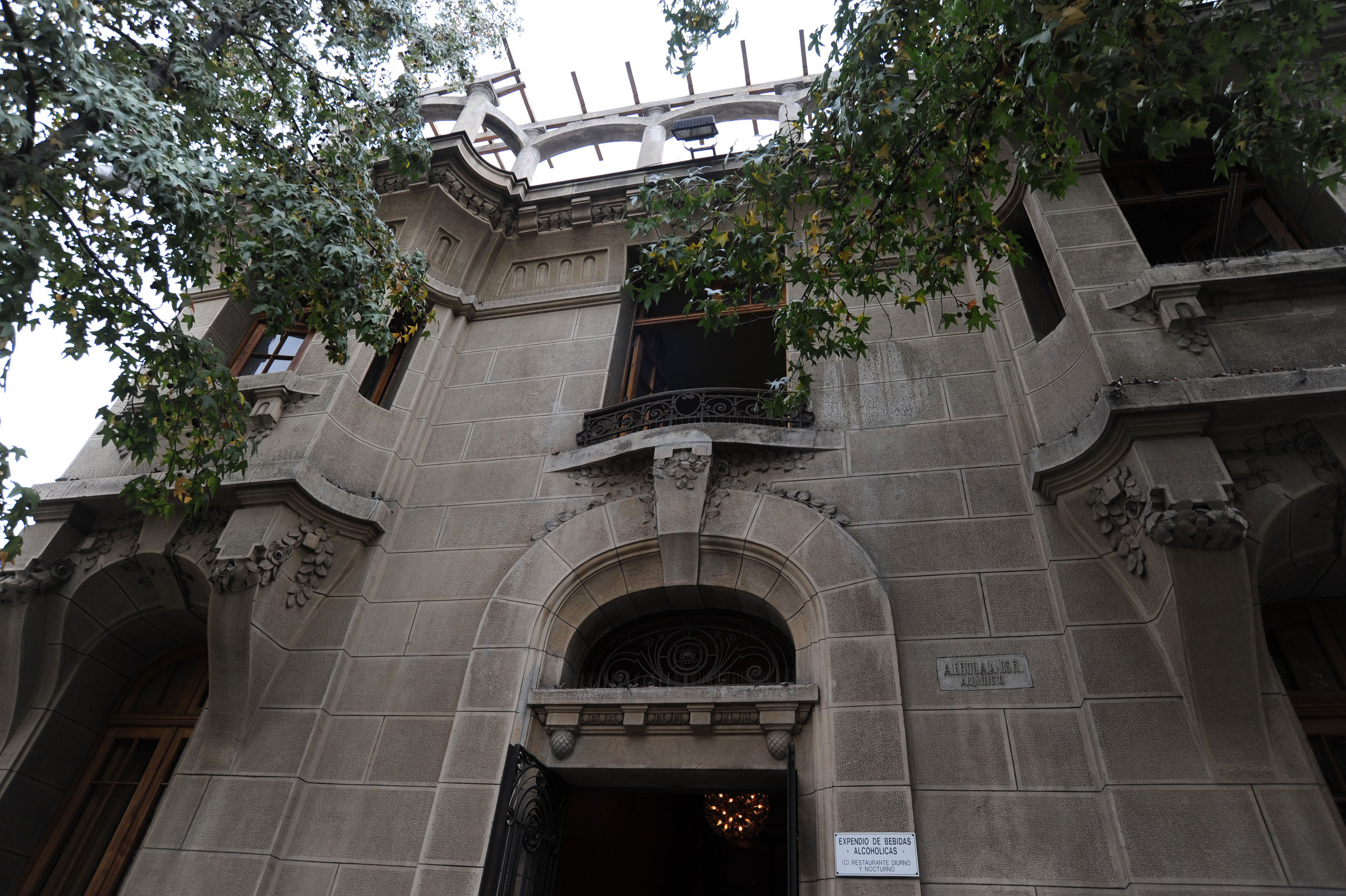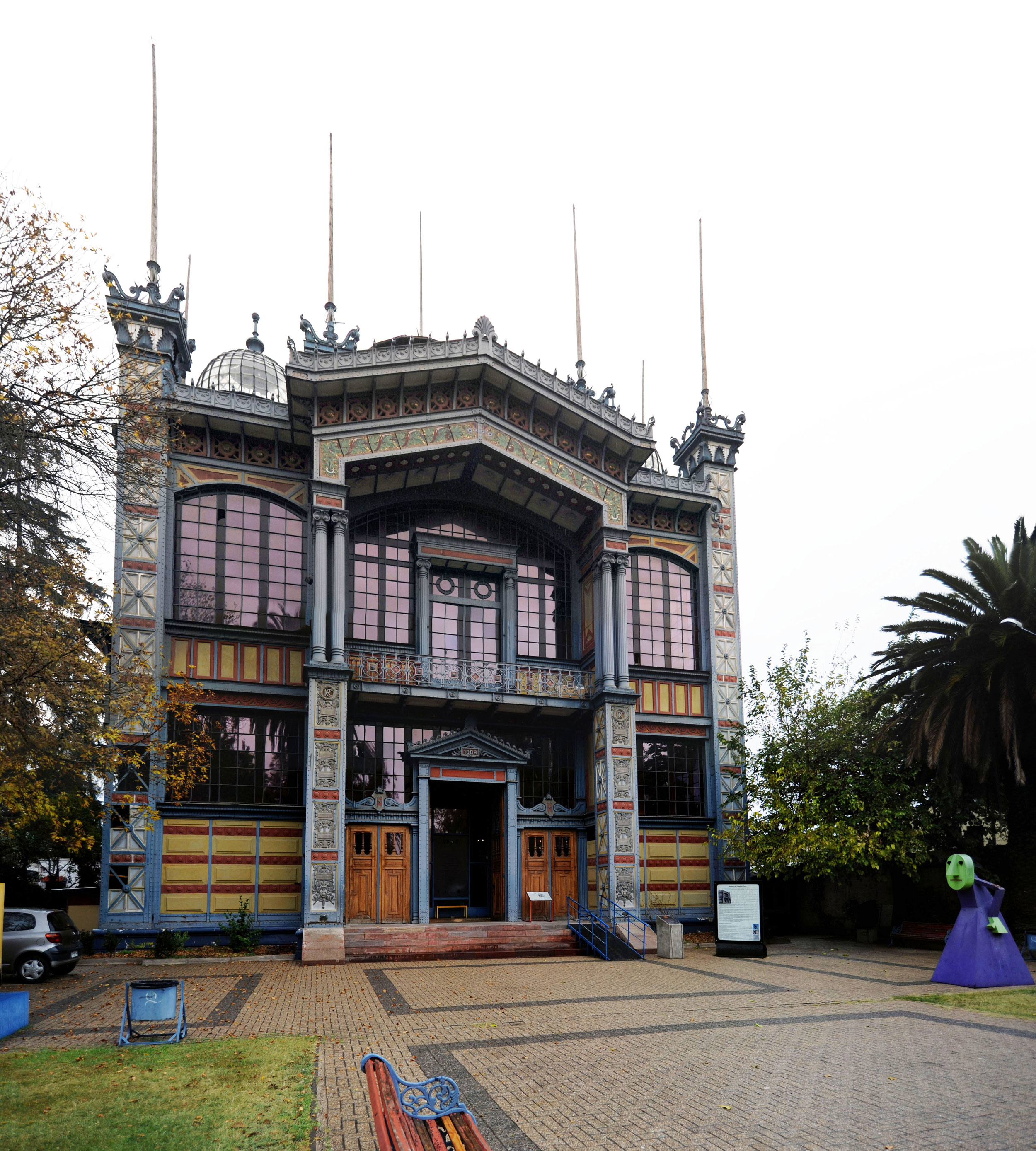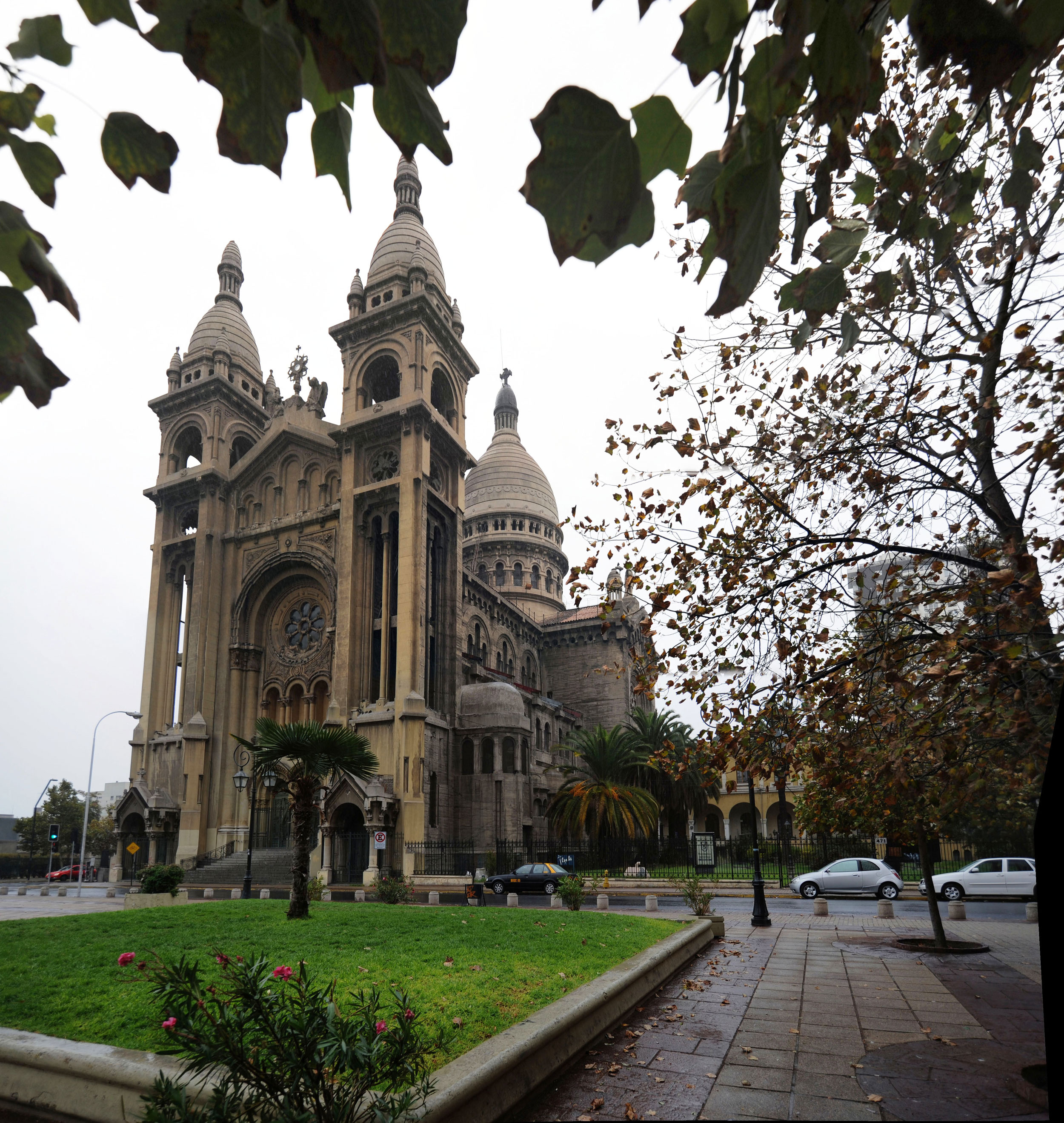Centro Santiago
If we walked straight south from the Mercado Central and the Central Cultural Estacion Mapocho, we would be heading directly towards the historic center of Santiago. It is only a distance of about six blocks to reach the Plaza das Armas which is central zero. About half way there we come to this imposing church, Iglesa de Santo Domingo.
Inside it's rather barren except the statue on the altar of the Virgin of Pompeii.
Another three blocks and here we are at the entrance to the large Plaza das Armas. The Catedral Metropolitana ahead, the yellow building on the right is the former Supreme Court, Palacio de la Real de la Audencia.
Lots of local arts and crafts for sale.
The Catedral Metropolitana dates back to 1775. The French Neo-Classical building to the right houses the Correo Central (Post Office).
Inside the Catedral there is a full high mass underway. Large flat screen monitors enable the packed audience to see the action on the distant altar.
Beyond the Plaza das Armas
A block behind the Catedral to the west is the Neo-Classical Ex Congresso Nacional. The Congress was housed here from 1895 until 1973, when the former dictator Augusto Pinochet dissolved the Congress.
A side view. Today, under a reformed democratic government, this houses offices of both the Senate and Chamber of Deputies.
About a mile further west is this peaceful little plaza called the Plazoleta de la Libertad de Prensa (freedom of the press). The fountain is appropriately called International Freedom of the Press Fountain.
From a slightly different angle you can see the former home of famous poet Vicente Huidobro. It's the house immediately behind the fountain at the end of the street.
That former home of the famous poet is now a famous restaurant called Tales. Of course, we had a splended lunch there.
Some of the buildings in the neighborhood of the Fountain of the Freedom of the Press are great examples of historic architecture. The details on this building are Gothic and early Deco. Others run the gamut of Neo-Classical, Neo-Gothic, Baroque and Nouveau.
This is the wonderful Museo Artequin. This structure of iron, steel and zinc was first built in Paris to represent Chile in the 1889 Universal Exposition. After the Exposition it was disassembled and shipped to Santiago for reassembly as a museum.
A final building of note is this imitation of the Sacre-Coeur of Paris. Built between 1919 and 1931, it is a massive concrete structure, which has suffered damage from humidity and the 2010 earthquake. Still a beautiful sight.
